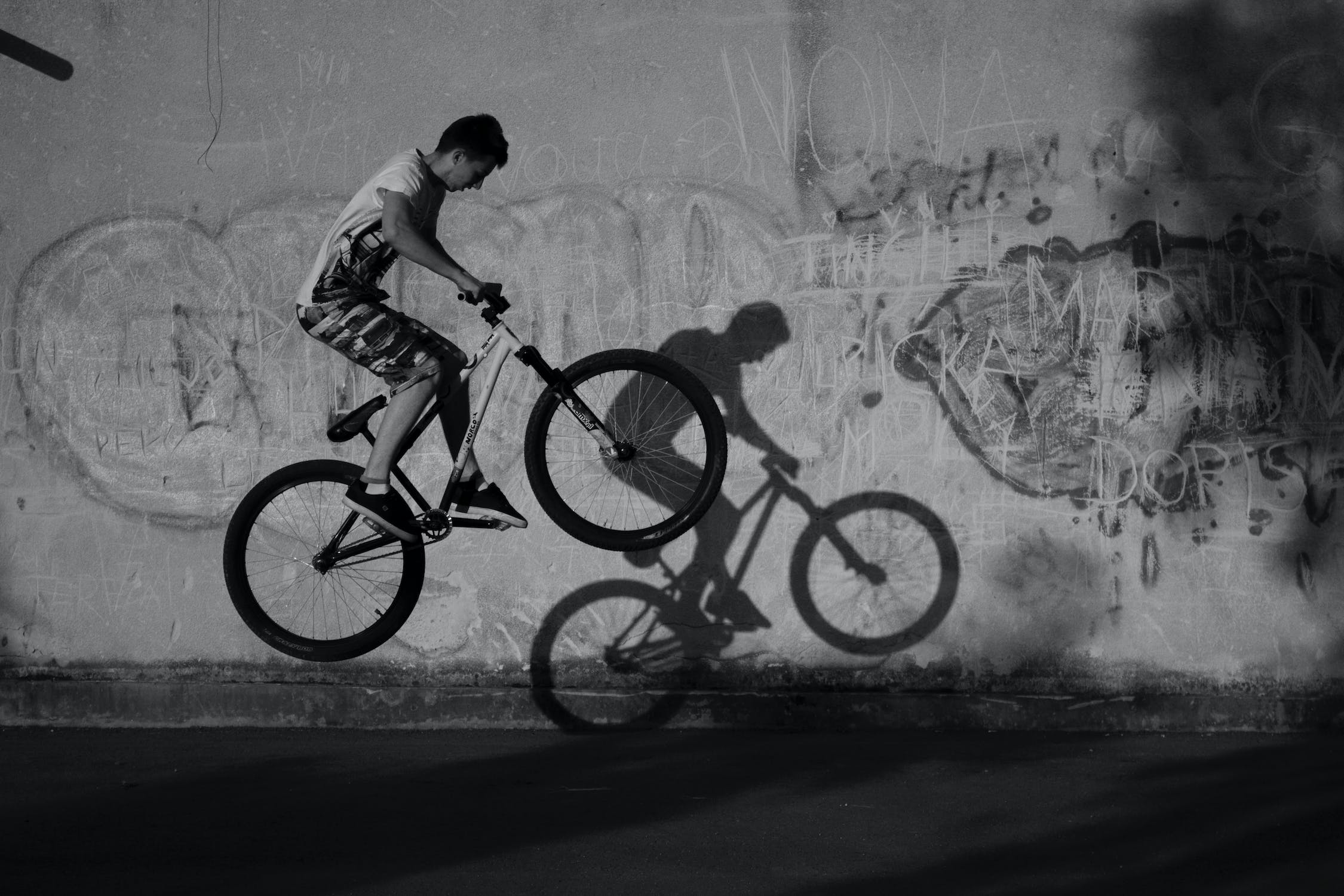The number of cyclists in larger cities is growing steadily. You’re likely to ride alongside a lot of cyclists these days, especially during rush hour. Therefore, you must follow the rules of good cycling etiquette.
Conflicts between cyclists and motorists have existed since the beginning of human history. While many of these “misunderstandings” can have a valid point of view, it never helps when one party digs in and doesn’t want to change or see the other side’s point of view. Bikes or cars aren’t going anywhere anytime soon, so it’s best to try and get along.
Sharing the road with cars can be dangerous, but there are things you should consider to protect yourself and build a healthier relationship between drivers and cyclists. Although you cannot control other drivers’ activities, you can control how you drive and behave on the road.
The following are some bike etiquette tips to remember when sharing the road with motorcyclists.
1. Greet other cyclists.
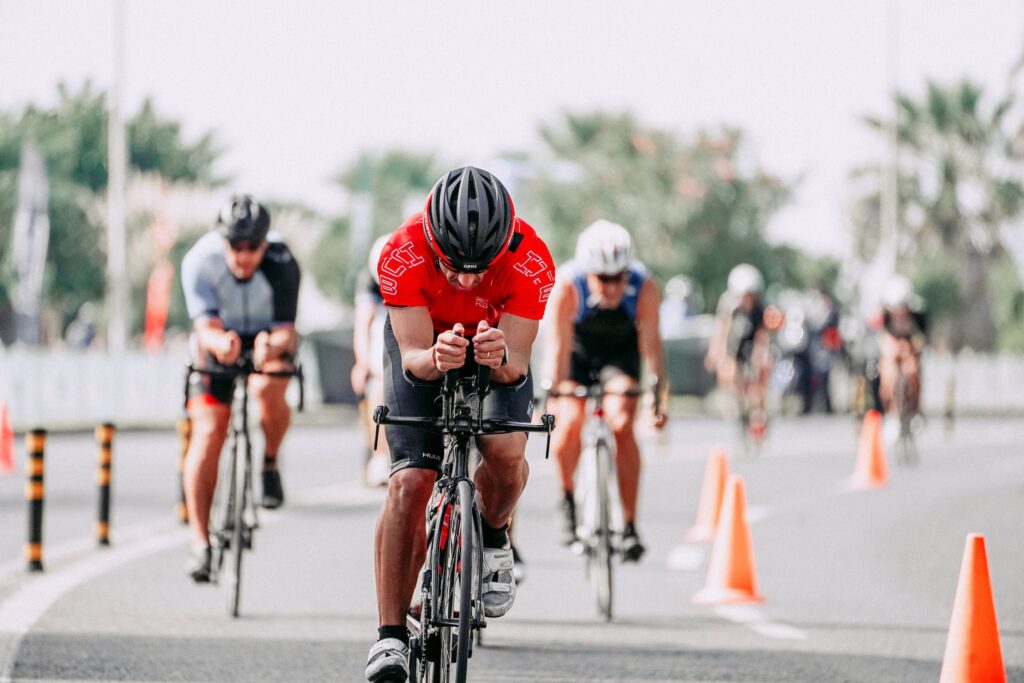
That is the number one rule of bike etiquette! If you overtake or overtake a bicyclist across the street, wave, nod, or raise your hand. If etiquette is polite behavior, that’s where it starts. The only exception is when you’re training hard and don’t have the energy to breathe, let alone speak. Then, and only then, is it acceptable to ignore a competitor.
2. Be very conscious of your surroundings.
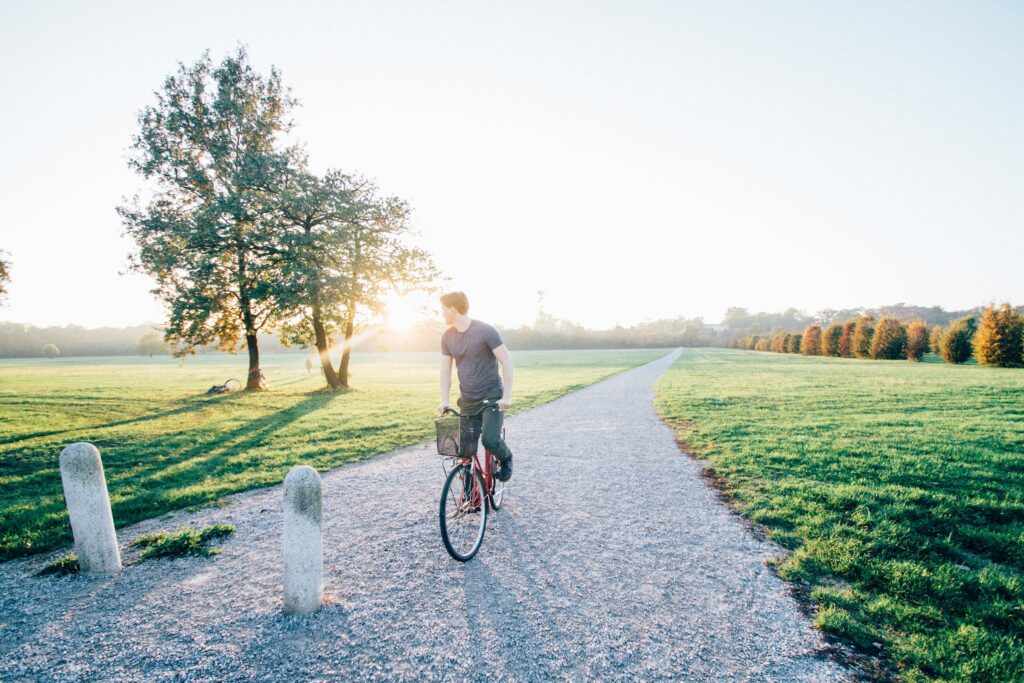
Only you know what’s good and what’s not when you share the road with traffic. If something is wrong or you’re uncomfortable on a particular road, don’t be afraid to park, pull over and ask someone to drive you, or wait for traffic to calm down. If you remember the points above, you’ll be very safe, but being extremely aware of your surroundings (leaving your headphones and phone, in your backpack or shirt pocket), ultimately falls on your shoulders.
3. Look out for car doors.
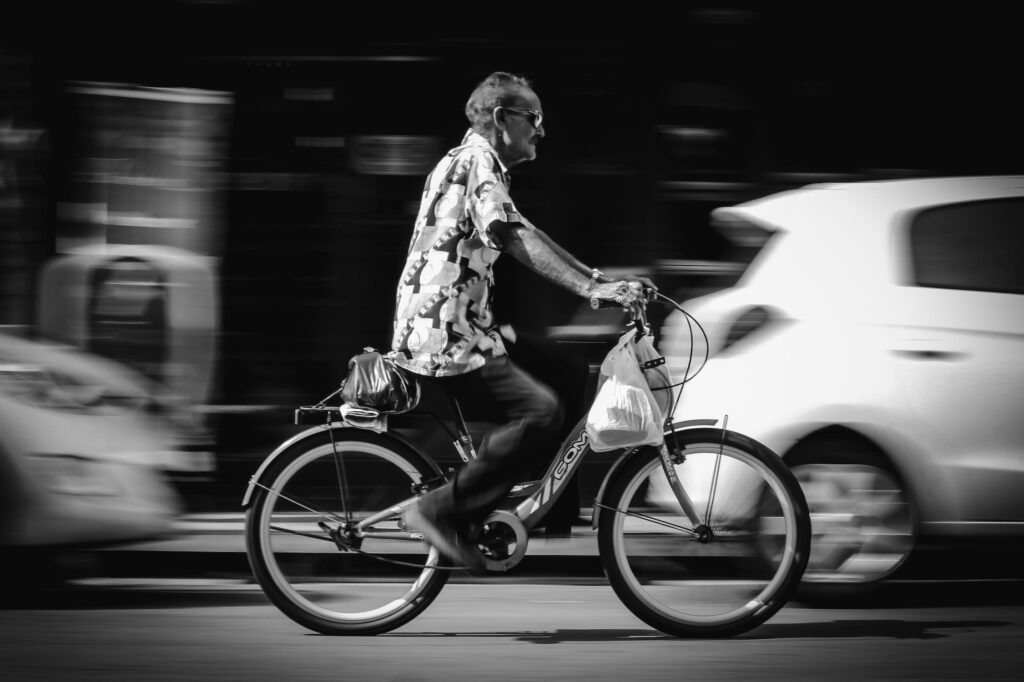
We all know someone who was driving on the side of the road when the door of a parked car suddenly opened, which inevitably led to a collision between the driver and the door. Depending on the speed, this can lead to serious injuries. Make sure you leave at least a few yards of space for parked cars and slow down to look out for drivers who may be sitting in their cars and deciding to open their doors.
4. Don’t go against the traffic.
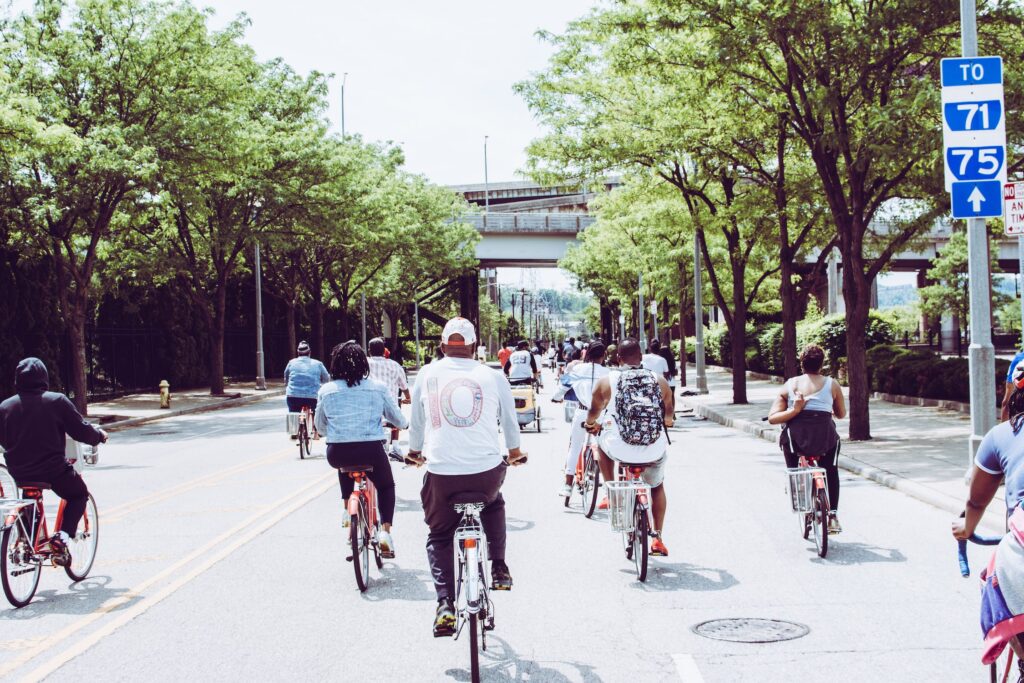
This is simple: follow the direction of travel. Not only is it illegal to ride in the wrong direction (a bicycle is considered a vehicle and subject to the same laws as cars), but it is also dangerous. Drivers look for cars going in the same direction, so the same goes for bicycles.
5. Obey the rules and regulations.
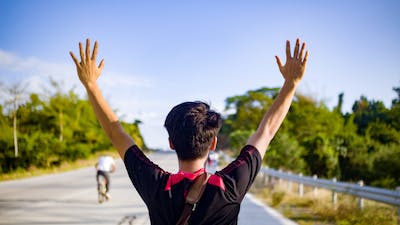
Just because you’re riding a bike doesn’t mean you’re allowed to bypass stop signs or red lights. Sure, it’s against the law, but that’s not all: by obeying traffic rules and habits, you’re more predictable, which makes driving safer. And for your information, that goes for alcohol and riding – be responsible if your bike and ride home.
6. Don’t defame cyclists.
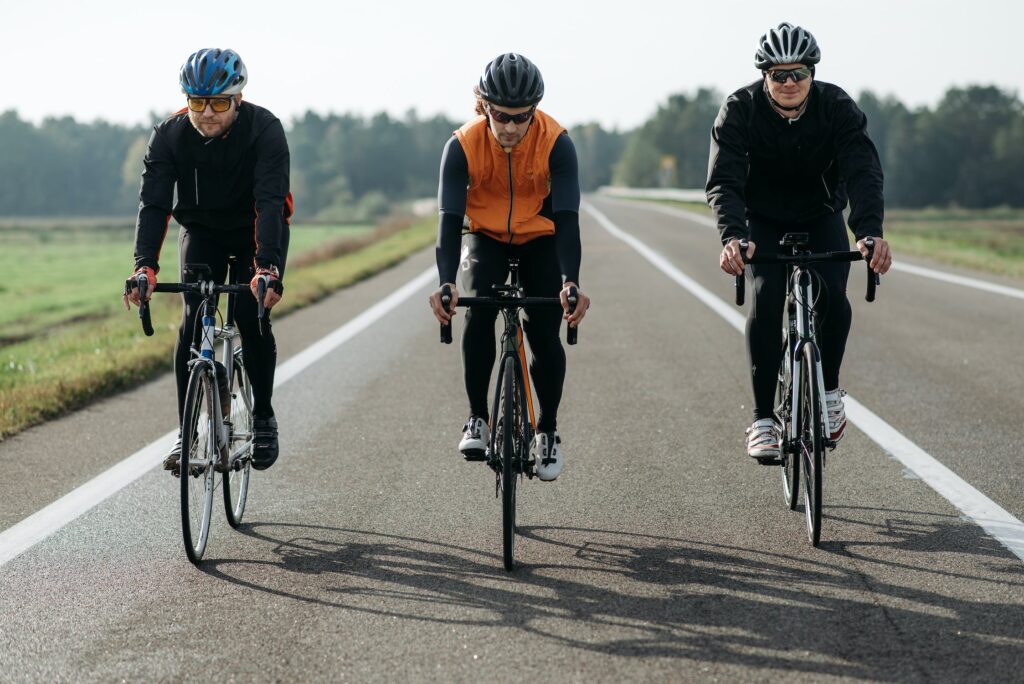
Some parts of the media seem to enjoy defaming cyclists as not beautiful. But on the flip side, certain sections of the cycling community often seem to engage in behaviors that fan those flames. If you want to be treated like a road user, act like a road user. Make it easier for drivers to anticipate what you’re about to do and make it easier for you to stay safe.
Similarly, limit yourself to not more than two cyclists next to each other during a group outing. Also, be polite and stand out on narrow streets when causing traffic jams.
7. Halt and offer assistance.
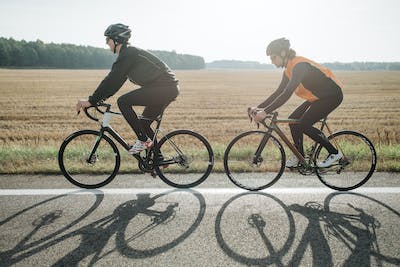
If you see a cyclist stuck at the side of the road, offer to stop and help. Even if you’re not a mechanic, you may have tools or a kit to help you out. Most of the time they will greet you and pretend to call you while they are resting!
8. Overtake cautiously.
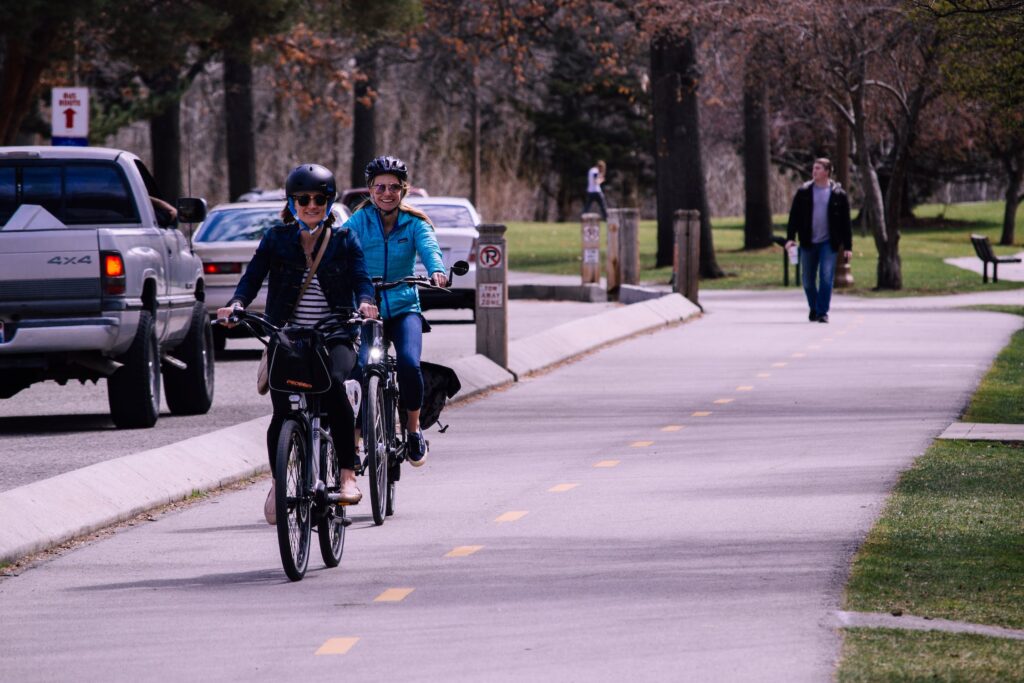
Watch out for signals and don’t forget to maneuver. When overtaking, leave enough room for the other cyclist to avoid a collision if they make a sharp turn.
Make sure you overtake on the right and warn another cyclist that you are overtaking. Once he’s over, don’t drive too fast or you could lock his front wheel.
Also, be careful as some cyclists do not know or do not respect the highway code. This is particularly important when turning left.
Conclusion.
While some people enjoy cycling, there are other people that engage in cycling solely because of its benefits. Cycling is safer and more enjoyable when you follow the rules. Also, by caring for other cyclists, you provide happiness and safety for all.
Now that you know the rules go out there and have fun!

